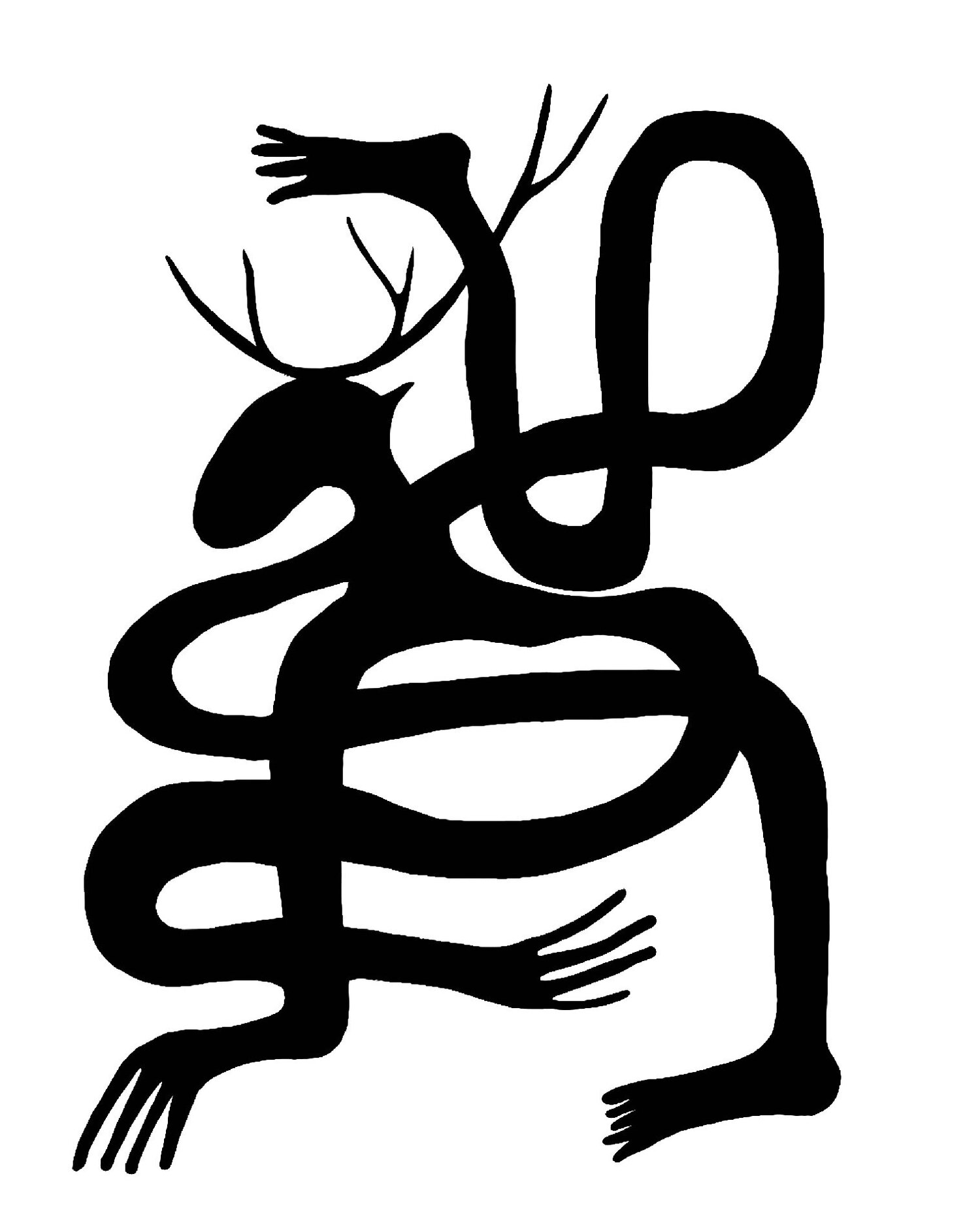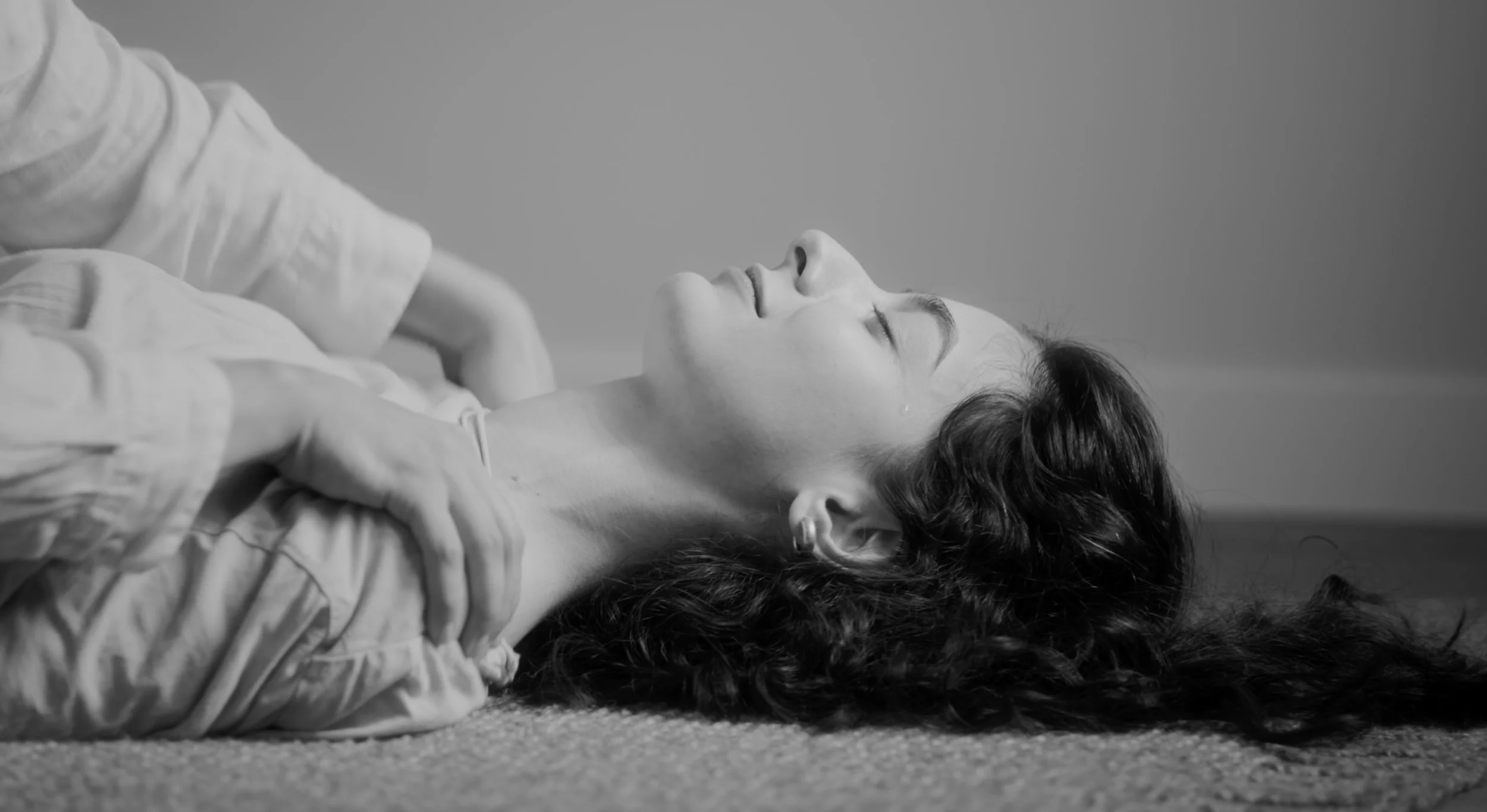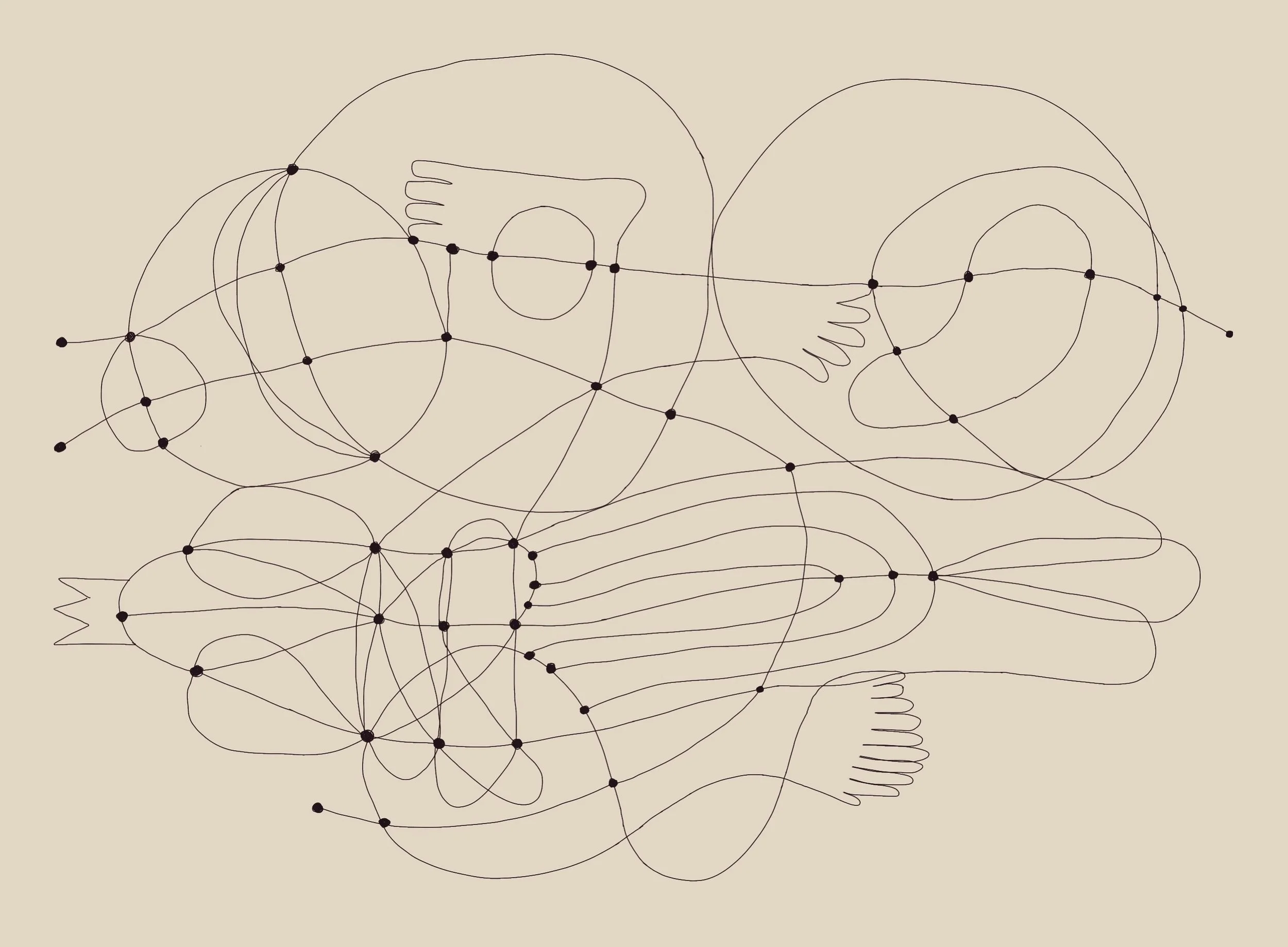horizontal moving
We all know times when we don’t get out of bed. Sometimes, it isn’t a matter of choice. Movement, at the same time, isn’t something “to be done” in the gym. When you are not sleeping, you can become aware of your body and move while in bed.
Some motion before or after sleep can be supportive for changing your state. When the energy is low, moving can brighten things up. In cases of pain, such as period pain in women, rocking and self-cradling can be calming and relieving.
Here are just a few practical hints for the art of horizontal living/moving:
• Activate your feet: shaking might raise your body temperature slightly if you feel cold. After a long day it will help reduce the buzzing and restlessness, making it easier to fall asleep.
• Roll the head around to soften the neck and open the jaw. This might be helpful for mild headaches, neck stiffness or fogginess in the morning.
• Squeeze the glutes: many many times! activating the body’s largest muscles can make you feel more grounded right away. This could be nice for those who wake up feeling lost, perhaps right after nightmares. Without leaving the horizontal state, simply turning on tonality of the glutes can already help anchor you to reality.
• Activate abdominal muscles and psoas: sometimes, even simple things like sit-ups can help a person get out of head, feel the fire in the body and drop down to feel more centred.
• Move the tailbone: especially if you struggle with lower back or neck stiffness, or any kind of digestive troubles. Moving the tailbone can be the starting point for softening the back, bringing more ease for the start or end of the day.
• Lay down and do nothing, observe tensions you can let go off by simply watching the body. For example, notice a peculiar connection: if your eyes are contracting (focused) you cannot fully relax your belly. There are many connections like that in the body, you can let go off many contractions by watching, simply, without interpreting, rather than trying to do anything.



